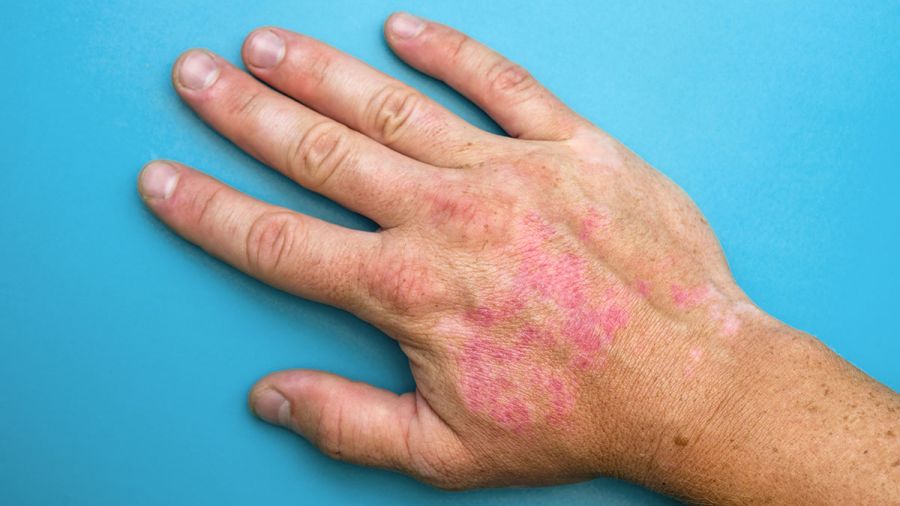How Cosmetic Surgery Is Helping To Improve Burn Patients’ Quality Of Life
10.01.2020
According to studies, 97% of patients treated in a burn center survive their injuries. However, many of these patients sustain scarring, with some of them ending up with life-long physical disabilities. The good news is that with the help of improved technology innovations, cosmetic surgeons can now use their experience, artistic vision and sense of knowledge to bring comfort, confidence and improve the appearance of burn victims. Innovation has helped these professionals to develop and implement surgical solutions that focus on improving the quality of life for burn survivors.

Reconstructive Procedures For Burn Victims
Immediately after a burn injury, trauma surgeons perform acute surgery to save a patient’s life and alleviate pain. As the wounds begin to heal the patient may experience chronic scarring, itching or any other pain at the site of the wound. It is at this stage that a cosmetic surgeon steps in to perform reconstructive procedures, the goal being to increase the function and range of motion limited by damaged skin and to improve the cosmetic appearance of scars.
There are several techniques that plastic surgeons apply to burn care, including fat grafting, laser resurfacing and nerve decompression. According to medical reports, fat grafting has an 80% success rate on patients.
General Wound Care Plastic Surgery
The techniques applied in plastic surgery for burn care are not just limited to burn injuries. Plastic surgeons can also perform microsurgeries to reattach lost ears, toes or fingers by sewing the nerves back together. Procedures like tissue expansion help to minimize scarring and promote accurate matching of skin texture and color, as well as to allow the skin to stretch and grow to correct damages caused by wounds.
As the techniques applied in plastic surgery continue to advance, they will remain to be a promising tool for treating burn wounds and a viable treatment option for other wounds.
Classification of Burn Degrees
There is a classification system that helps to determine the degree of burns. This is used to decide the need for surgery, and to guide treatment and predict outcomes.
- Full thickness: This type of burn involves all layers of skin and may even include underlying tissues. This category of burn requires surgery to prevent contractures and scarring.
- Deep partial thickness: Involves the upper and deeper layer of skin. Surgery is required without which would result to the risk of significant scarring and delayed healing.
- Superficial partial thickness: This type of burn only affects the upper layers of the skin. There is no need for surgery and the burn wounds heal within a few weeks and no scarring is left.
- Simple erythema: This burn is mild and causes redness of the skin. Looks more like a mild sunburn.
What To Expect In Terms of Treatment, Procedures And Outcomes
The type of treatment required and the recovery period after a burn depends on:
- The general health of the patient
- The age of the patient
- The severity of the burns that have been sustained
Patients who sustain severe burn wounds would require several surgeries and may need to be in intensive care for weeks. Reconstructive surgery to improve appearance and function may be needed months or even years after the original burn.
This article was not written by Dr. Robert S. Fischer M.D and may not represent his views. To talk to Dr. Robert S. Fischer M.D. please contact the office directly.